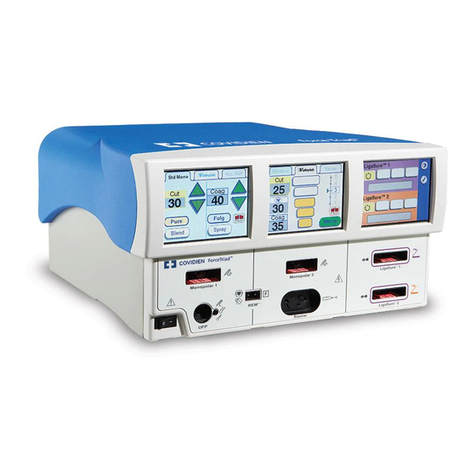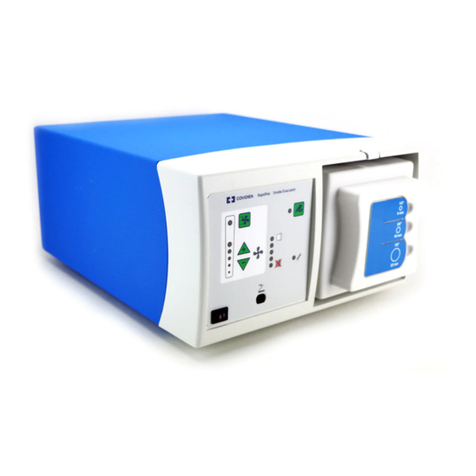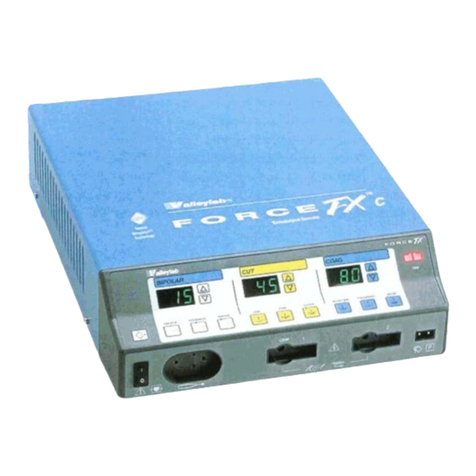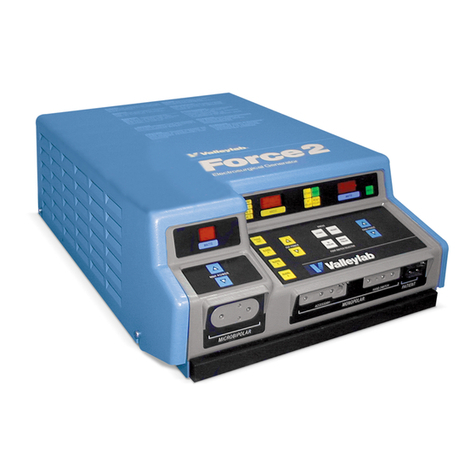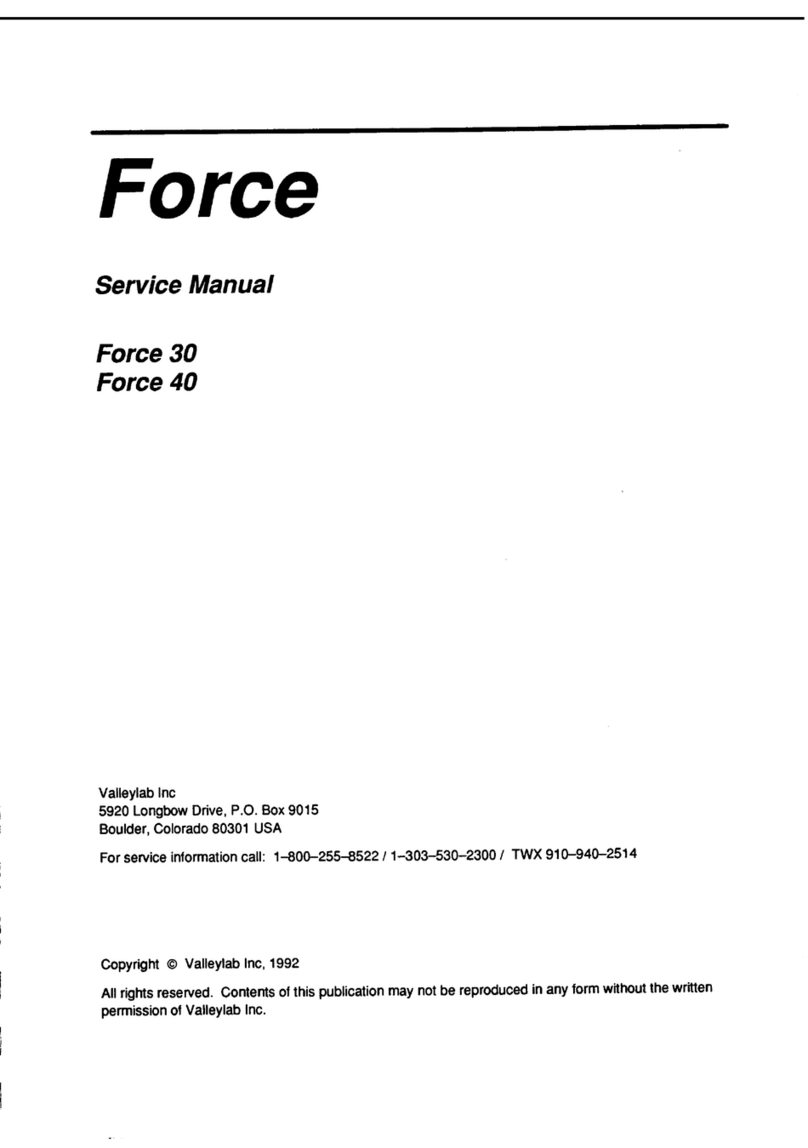
RapidVac Smoke Evacuator User’s Guide vii
Table of Contents
Foreword................................................................................................................................................................... ii
Warranty .................................................................................................................................................................. iv
Conventions Used in this Guide .......................................................................................................................... vi
Chapter 1. Introducing the RapidVac Smoke Evacuator
Parts Shipped with the Smoke Evacuator........................................................................................................1-2
About the RapidVac Smoke Evacuator ............................................................................................................1-2
Features .......................................................................................................................................................1-3
RapidVac+ System.....................................................................................................................................1-3
Operating Modes ........................................................................................................................................1-3
Power............................................................................................................................................................1-4
Operating Parameters................................................................................................................................1-4
Transport and Storage...............................................................................................................................1-4
Patient and Operating Room Safety .................................................................................................................1-4
General.........................................................................................................................................................1-4
Maintenance................................................................................................................................................1-7
Chapter 2. Controls, Indicators, and Receptacles
Front Panel............................................................................................................................................................2-2
Power On/Off Switch..................................................................................................................................2-3
Air Flow Controls ........................................................................................................................................2-3
Turbo Button................................................................................................................................................2-3
Filter Life Indicator ......................................................................................................................................2-4
RapidVac+ Button.......................................................................................................................................2-4
Footswitch Jack ..........................................................................................................................................2-4
Service Required Indicator........................................................................................................................2-4
Rear Panel ............................................................................................................................................................2-5
Power Cord Receptacle/Fuse Tray..........................................................................................................2-5
Remote Activator Jack...............................................................................................................................2-6
EPROM Jack (Covered) ............................................................................................................................2-6
Equipotential Grounding Lug ....................................................................................................................2-6
Chapter 3. Before Surgery
Periodic Inspection...............................................................................................................................................3-2
Initial Installation...................................................................................................................................................3-2
Checking the Smoke Evacuator ........................................................................................................................3-4
Checking the Remaining Filter Life..........................................................................................................3-4
Changing the Filter .....................................................................................................................................3-5
Testing the Airflow Controls ......................................................................................................................3-5
Installing and Testing the Footswitch (optional) ....................................................................................3-6
Installing and Testing the Remote Switch Activator (optional) ............................................................3-7
Installing and Testing the Generator Interlink Cable (optional)...........................................................3-8
Setting Up the Smoke Evacuator ......................................................................................................................3-9
After the initial installation, set up the smoke evacuator for use.........................................................3-9

